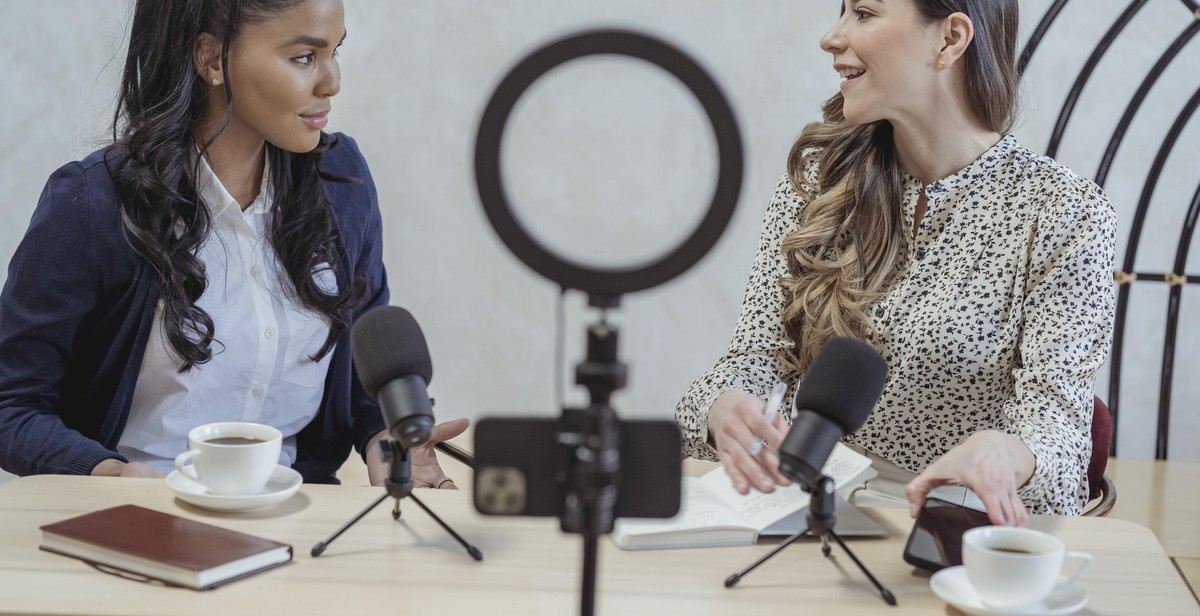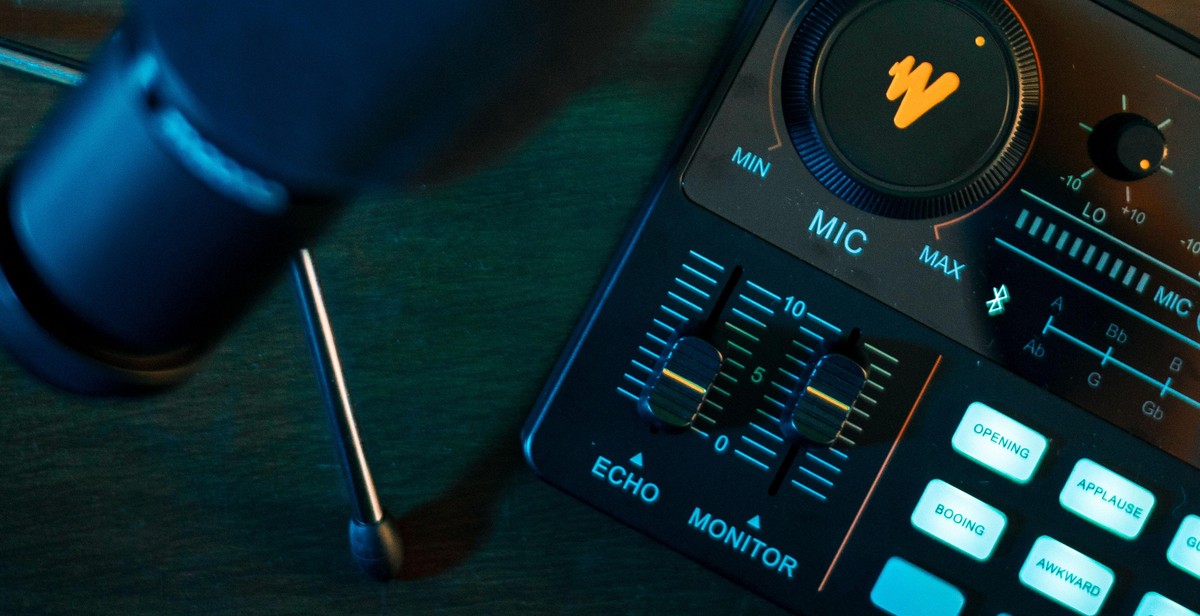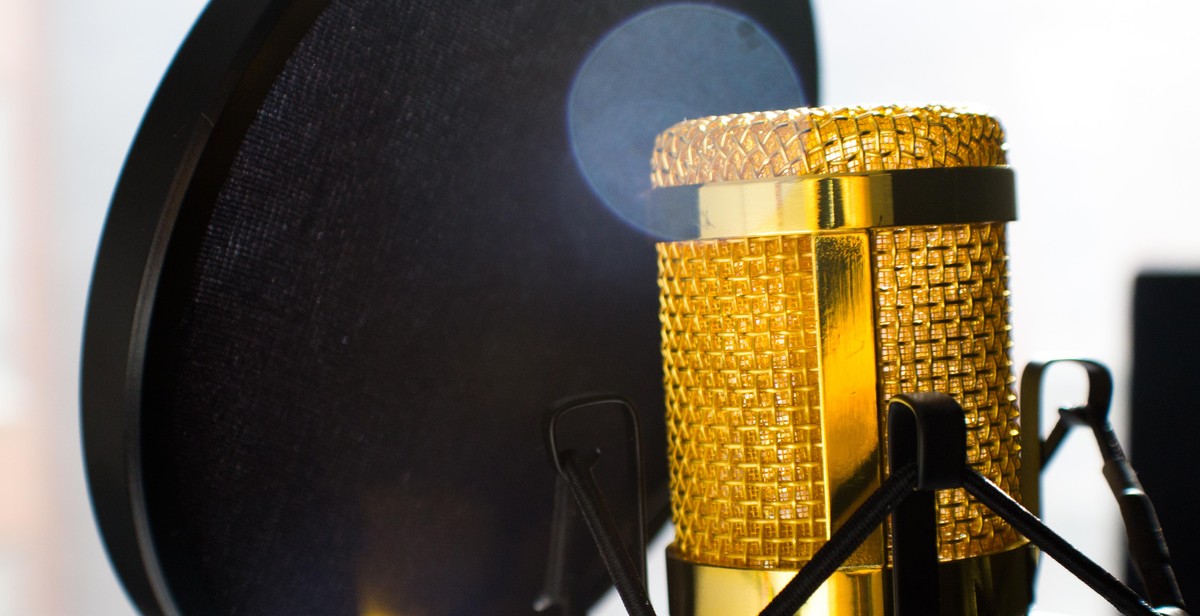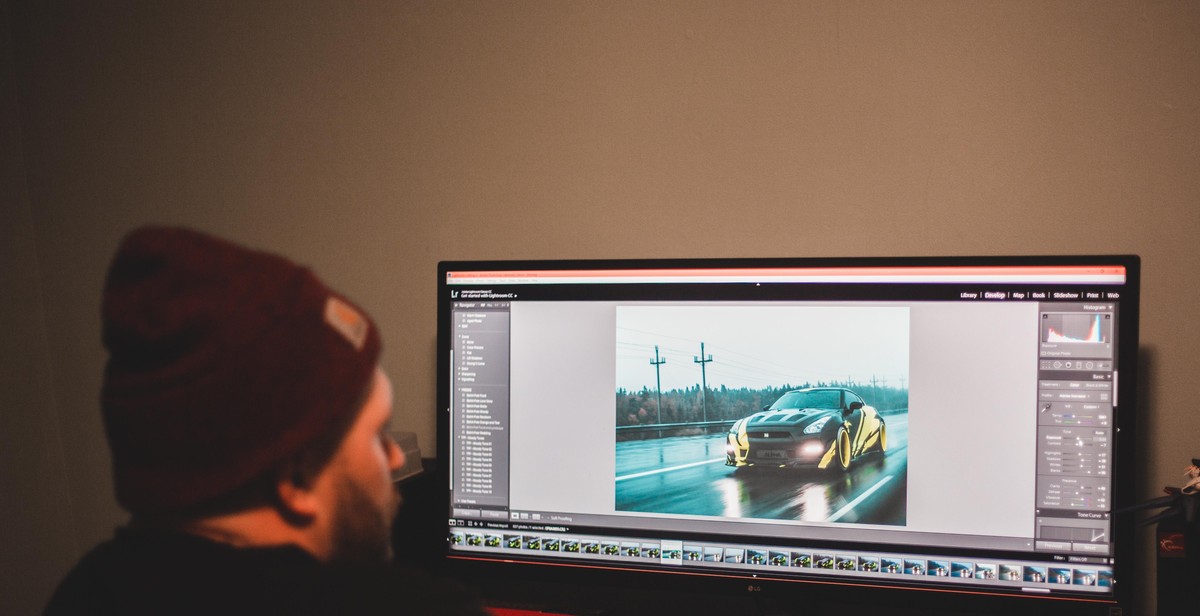How to Start Your Own Podcast from Scratch
Podcasts have become increasingly popular in recent years, providing a platform for individuals and businesses to share their ideas, opinions, and expertise with a global audience. If you’re looking to start your own podcast, this guide will provide you with everything you need to know.
Why start a podcast?
There are many reasons why you might want to start a podcast. Perhaps you have a passion for a particular topic and want to share your knowledge with others. Maybe you’re looking to build your personal brand or promote your business. Or, you might simply want to connect with like-minded individuals and build a community around your interests.
What do you need to start a podcast?
Starting a podcast is relatively easy and requires only a few key components:
- A topic or theme for your podcast
- A microphone
- Recording software
- A hosting platform
With these basic tools, you can create and distribute your podcast to a global audience, building your brand and sharing your message with the world.
How to get started
Now that you know why you want to start a podcast and what you need to get started, it’s time to dive in and begin the process. In the following sections, we’ll take a closer look at each of the key components and provide you with detailed guidance on how to create and launch your podcast.

Step 1: Determine Your Niche
Before you start your own podcast, you need to determine your niche. Your niche is the topic or theme of your podcast. It’s important to choose a niche that you are passionate about and that you have knowledge or expertise in. This will help you create content that is interesting, engaging, and valuable to your listeners.
Why Choosing a Niche is Important
Choosing a niche is important for several reasons:
- It helps you define your target audience
- It makes it easier to create content that is relevant to your listeners
- It helps you stand out in a crowded podcast market
How to Choose Your Niche
When choosing your niche, consider the following:
- What are you passionate about?
- What topics do you have expertise in?
- Is there a gap in the market for your niche?
- What are your listeners interested in?
Once you have chosen your niche, it’s important to do some research to see what other podcasts are out there and how you can differentiate yourself. This will help you create a unique and valuable podcast that will attract and retain listeners.

Step 2: Choose Your Podcast Format
Now that you have your podcast niche, it’s time to choose the format that works best for your show. There are several podcast formats to consider:
Solo Podcasts
A solo podcast is hosted by a single person who shares their thoughts, stories, and opinions with their listeners. This format is great for those who want complete creative control and don’t want to rely on anyone else’s schedule. Solo podcasts are also a great way to build a personal brand and establish yourself as an expert in your field.
Co-Hosted Podcasts
A co-hosted podcast features two or more hosts who share the microphone. This format allows for a more dynamic conversation and can bring different perspectives to the table. Co-hosted podcasts also allow for a more consistent publishing schedule as you can split the workload with your co-host.
Interview-Based Podcasts
An interview-based podcast features a host who interviews guests on a specific topic or theme. This format is great for those who want to learn from experts in their field and provide valuable insights to their listeners. Interview-based podcasts also allow for a wider range of topics to be covered.
Panel-Based Podcasts
A panel-based podcast features a group of hosts who discuss a specific topic or theme. This format is great for those who want to have a more casual and conversational tone to their show. Panel-based podcasts also allow for a variety of perspectives and opinions to be shared.
- Consider your strengths and weaknesses when choosing a format
- Think about what will appeal to your target audience
- Choose a format that allows for consistent publishing
- Consider the resources and equipment needed for each format
Once you’ve chosen your podcast format, it’s time to move on to the next step: choosing your equipment and software.

Step 3: Select Your Podcast Equipment
Now that you have your podcast concept and format in place, it’s time to start thinking about the equipment you’ll need to bring your show to life. Here are the essential pieces of equipment you’ll need to get started:
Microphone
A good quality microphone is an essential tool for any podcaster. It’s important to choose a microphone that captures your voice clearly and accurately, while minimizing background noise and interference. Some popular microphones for podcasting include the Shure SM7B, the Rode Podcaster, and the Audio-Technica ATR2100-USB.
Audio Interface/Mixer
An audio interface or mixer is necessary to connect your microphone to your computer and record your audio. It’s important to choose an interface or mixer that has the right number of inputs for your needs, and that is compatible with your recording software. Some popular options include the Focusrite Scarlett 2i2 and the Behringer Xenyx 802.
Headphones
Headphones are essential for monitoring your audio while you record. It’s important to choose a pair of headphones that are comfortable to wear for extended periods, and that provide clear and accurate sound. Some popular options include the Sony MDR7506 and the Audio-Technica ATH-M50x.
Recording Software
There are many different recording software options available for podcasters, from free programs like Audacity to more advanced paid options like Adobe Audition. It’s important to choose a program that is easy to use and that has the features you need to produce a high-quality podcast. Some popular options include GarageBand (for Mac users), Hindenburg Journalist, and Reaper.
| Equipment | Options |
|---|---|
| Microphone | Shure SM7B, Rode Podcaster, Audio-Technica ATR2100-USB |
| Audio Interface/Mixer | Focusrite Scarlett 2i2, Behringer Xenyx 802 |
| Headphones | Sony MDR7506, Audio-Technica ATH-M50x |
| Recording Software | GarageBand, Hindenburg Journalist, Reaper |

Step 4: Record Your Podcast
Now that you have your equipment ready and your script prepared, it’s time to start recording your podcast. Here’s how to do it:
Prepare Your Script
Before you start recording, make sure you have your script or outline ready. It’s important to have a plan for what you want to say and how you want to say it. This will help you stay on track and avoid rambling or going off-topic.
If you’re interviewing someone or having a conversation with a co-host, make sure you have a list of questions or topics to cover. This will help keep the conversation flowing smoothly.
Record Your Podcast
When you’re ready to start recording, find a quiet and comfortable space to set up your equipment. Make sure your microphone is positioned correctly and that you have good lighting if you’re recording video.
Press record and start speaking. Remember to speak clearly and at a steady pace. If you make a mistake, don’t worry about it. Just pause, take a breath, and start again.
When you’re finished recording, listen back to your podcast and make any necessary edits. You can use editing software like Audacity or GarageBand to clean up the audio and add in any music or sound effects.
Once you’re happy with the final product, you’re ready to move on to the next step: publishing your podcast.

Step 5: Edit Your Podcast
Once you have recorded your podcast, the next step is to edit it to make it sound polished and professional. Here are some tips:
Choose Your Editing Software
There are many editing software options available, both free and paid. Some of the most popular ones include:
- Audacity: A free, open-source software that is easy to use and has many editing features.
- Adobe Audition: A paid software that is used by many professionals and has advanced editing features.
- GarageBand: A free software that is only available for Mac users and is great for beginners.
Edit Your Podcast
When editing your podcast, here are some things to keep in mind:
- Cut out any mistakes or long pauses: Use the editing software to cut out any mistakes or long pauses to ensure a smooth flow.
- Add intro and outro music: Use royalty-free music to add an intro and outro to your podcast.
- Adjust the volume: Make sure the volume is consistent throughout the podcast.
- Add sound effects: Use sound effects sparingly to add interest to your podcast.
| Time | Editing Action |
|---|---|
| 0:00-1:30 | Intro music, welcome message, and podcast topic introduction |
| 1:30-10:00 | Main podcast content |
| 10:00-11:00 | Outro music and closing message |

Step 6: Publish Your Podcast
Once you have recorded and edited your podcast, it’s time to publish it for the world to hear. This step involves two key elements: choosing a podcast hosting platform and publishing your podcast.
Choose Your Podcast Hosting Platform
A podcast hosting platform is an online service that stores your podcast files and distributes them to podcast directories like Apple Podcasts and Spotify. Choosing the right hosting platform is crucial for the success of your podcast. Here are some factors to consider when choosing a hosting platform:
- Price: Look for a hosting platform that fits your budget. Some hosting platforms offer free plans, while others charge a monthly fee.
- Storage: Make sure the hosting platform offers enough storage space for your podcast files.
- Analytics: Look for a hosting platform that provides analytics so you can track your podcast’s performance.
- Distribution: Make sure the hosting platform distributes your podcast to major directories like Apple Podcasts and Spotify.
Some popular podcast hosting platforms include Buzzsprout, Libsyn, and Podbean.
Publish Your Podcast
Once you have chosen a hosting platform, it’s time to publish your podcast. Here are the steps to follow:
- Upload your podcast files to your hosting platform.
- Add a title, description, and artwork for your podcast.
- Submit your podcast to major directories like Apple Podcasts and Spotify.
- Promote your podcast on social media and other channels to attract listeners.
It’s important to publish new episodes of your podcast on a regular schedule to keep your listeners engaged. With the right hosting platform and promotion strategy, your podcast can reach a wide audience and become a hit.

Conclusion
Starting your own podcast from scratch may seem overwhelming, but with the right tools and resources, it can be an incredibly rewarding experience. By following the steps outlined in this guide, you can create a successful podcast that engages and entertains your audience.
Remember these key takeaways:
- Choose a topic that you are passionate about and that aligns with your audience’s interests.
- Invest in quality equipment and software to ensure your audio production is top-notch.
- Create a consistent schedule and stick to it.
- Promote your podcast on social media and other online platforms.
- Engage with your audience and incorporate their feedback and suggestions into your episodes.
Finally, don’t be afraid to experiment and try new things. Whether it’s incorporating guest interviews or experimenting with different formats, the beauty of podcasting is that there are endless possibilities for creativity and growth. So go out there and start your own podcast today!
